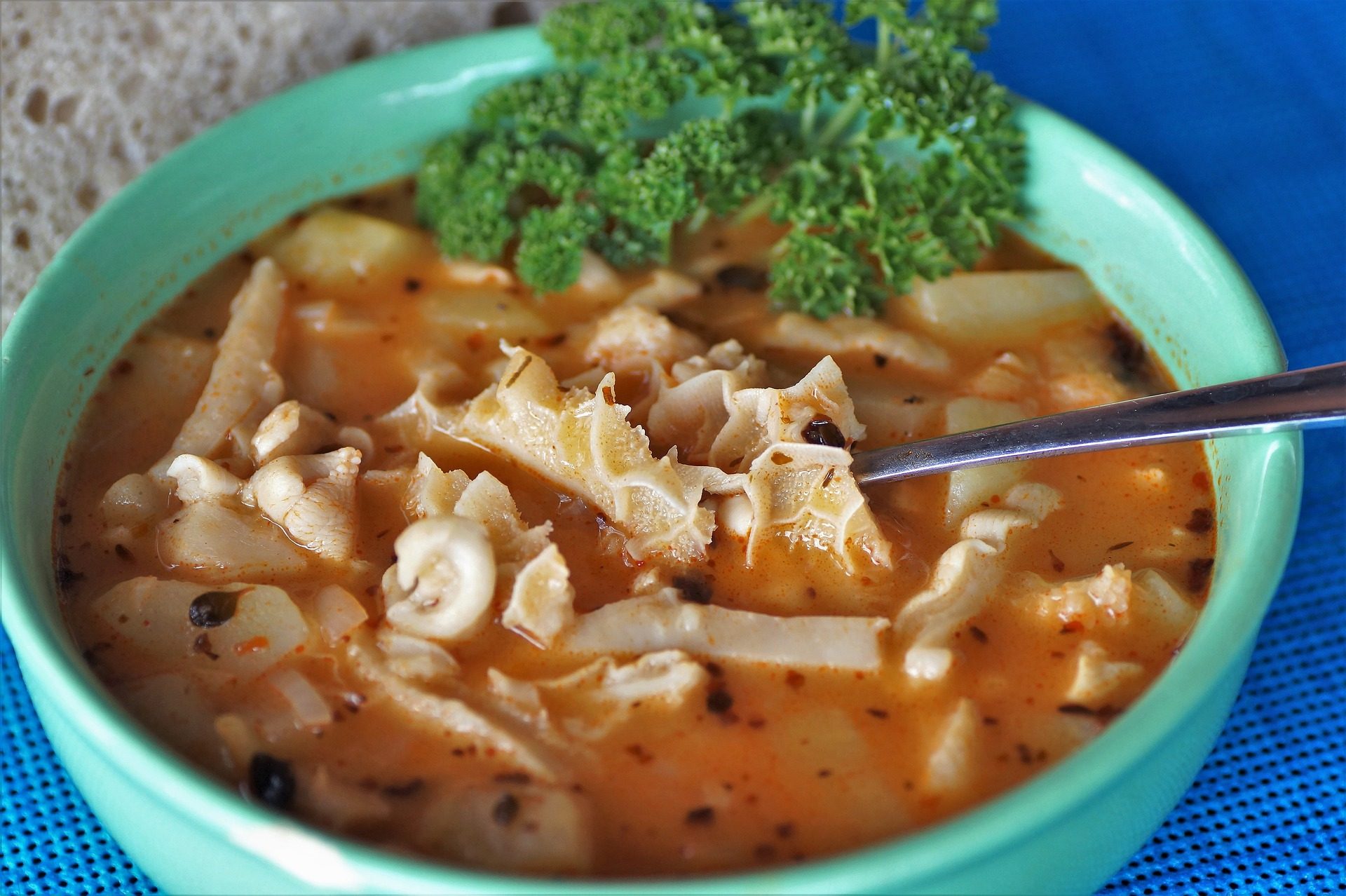Romanian cuisine – things to eat and delicacies to try

In Romanian cuisine, like in other aspect of that country, things blend, intermingle and become permeated by other things. You will feel some influences from the Balkans, Turkey, Russia and, naturally, Austria-Hungary. It is therefore diversified, colourful and, most importantly, fresh!
For starters
When you are just a bit peckish or feel like having an appetiser, get yourself a board of cold meats. The main role will be played by smoked pork ham (slana) and many other local butcher products accompanied by bread and vegetable paste, often made from bell peppers and aubergines. You will meet vegetables quite often when travelling around Romania! Eat as much as you can, enjoy!
Shepherd classics
The central role among Romanian specialities is always played by, a very simple, yet very nourishing and full-bodied shepherd's dish made from maze flour. It served with cheese (a product eaten in Romania as much as vegetables!) and cream. In Transylvania, it can be served as a casserole with eggs, while in the mountains it will have the form of corn pies served with sour milk.

Thick soups
Like Serbs, Romanians eat a lot of soups, and ones that can be a main course to that. Very aromatic and thick, they have many ingredients, and often contain chunks of meat and vegetables cooked together. In addition to meat and vegetable soups, you might want to try a cabbage or tripe soup, or (especially in Transylvania) a goulash soup with lots of paprika.

Balkan commonwealth of cuisines
Among popular dishes in Romania, like in Poland and other countries in the Balkan Peninsula, are gołąbki, known here as sarma. Ideas for the stuffing may vary (e.g. they use fish in the Danube delta), but the wrapping is made from two products only – either cabbage or vine. Although the dish may appear trivial, you must definitely try the local version! Especially when you happen to be in a restaurant that serves it cooked in tomato sauce. The effect is delightful! Other dishes that Romania shares with other Balkan countries is musaka, i.e. a casserole made from potatoes and minced meat arranged in alternating layers, fingers made from several types of minced meat, which are called mici here (they are known as ćevapčici in countries of the former Yugoslavia), and barbecued meat – from fish, to poultry to beef steaks. If you like meat, have some Moldovan meat balls, which come second to none, or Romanian sausages, quite dry and very spicy. Romanian cuisine has oslo some more refined solutions. Local delicacies include bell peppers stuffed with minced meat (the vegetarian option is with rice and vegetables). Note that the dishes are can be served with bread, but also with mămăligă! The final effect is excellent.

Vegetables
Who knows, maybe it's vegetables that should be ranked as Romania's greatest specialities? Ripening in the sun, crunchy and juicy, they are an excellent addition to heavy meat dishes, and in summer – when served with mămăligă and delicately sprinkled with olive oil – they can be a nourishing meal on their own. Popular vegetable dishes include a Bulgarian (shopska) salad made from tomatoes, cucumbers and onions sprinkled with crushed or grated local cheese. You must try a cabbage salad, and baked or marinaded vegetables in autumn. In the Moldova region, don't be surprised when you come across some marinaded fruits, e.g. melons.
For better digestion
When you have had you meal, it is a good idea to have a glass of something stronger. Fruit brandy or slivovitz will make an excellent choice! But be careful! If in Romania you are offered a home-made spirit, it will normally be very strong. It is often more than 40-50%, and sometimes may reach 70%. Since various Romanian wines are becoming increasingly valued by connoisseur, this may be the direction towards a successful evening after a day of intensive sightseeing!
Check flights to Romania!



